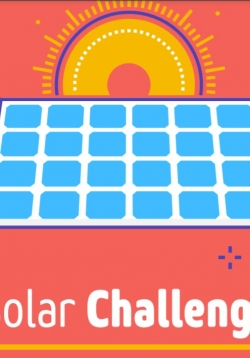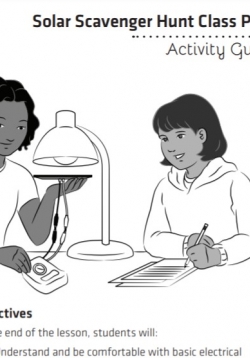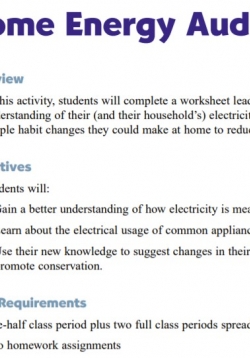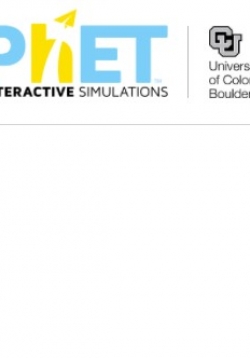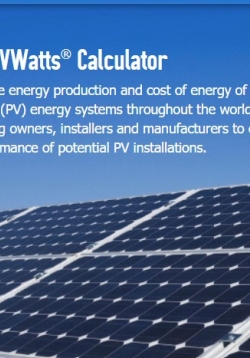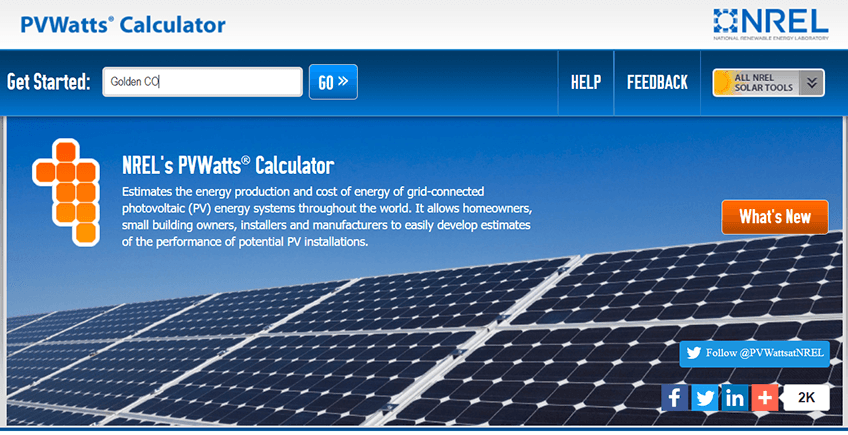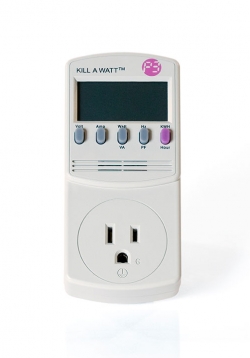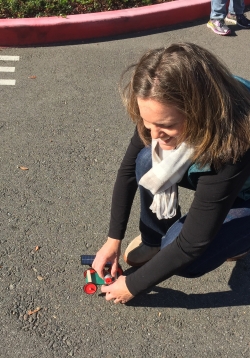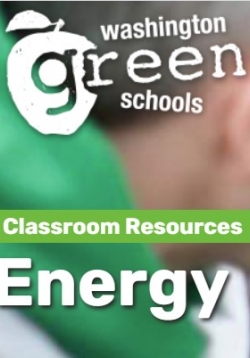
Washington Green Schools guides and supports students and school communities to be leaders for a healthy environment. As part of their efforts to promote sustainable schools, they have developed a series of games and activities to help students understand energy use in their school and engage in conversations about how to reduce their energy use and clean up their sources of energy.

